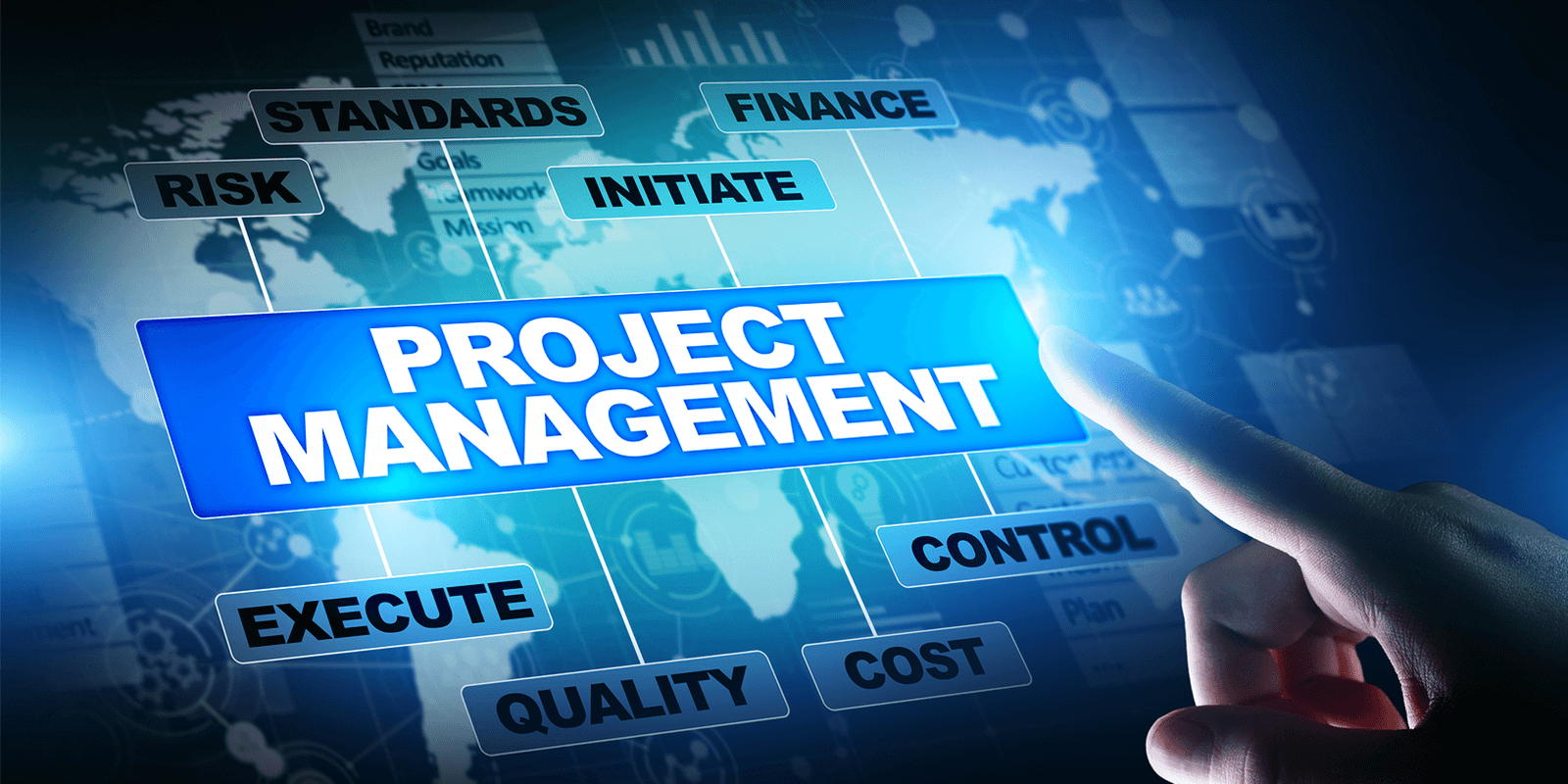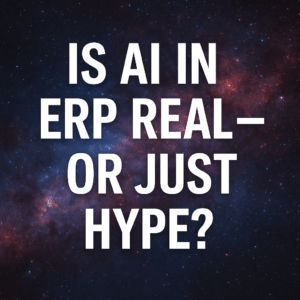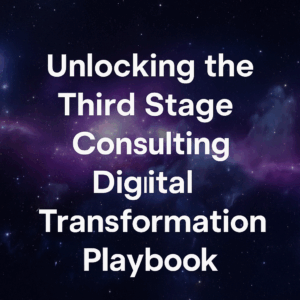Project management is one of, if not the most, critical aspects of leading a successful change or transformation within an organization. With that said, it’s important to understand what project management means and its influence on project success.
Project management is a central aspect of any successful digital transformation or change initiative. Whether that is leading a business transformation, organizational change, restructuring, or M&A integration, project management is essential to making any initiative successful. There are different nuances and dimensions that go into a project, so pivotal to have a main stakeholder that recognizes each part of a project before beginning the implementation process.
Table of Contents
ToggleProject Governance & Controls
Project governance and controls are one of the first components of project management. These are the high-level overarching criteria and parameters used to manage projects. Project constraints should align with the overall strategy to ensure clear decision-making in order to achieve goals and objectives.
In other words, project management is not just executing a certain number of tasks within the amount of time and budget allocated. There is more to that. Instead, it is a matter of implementing the plan against a higher-level set of goals and objectives aligned with the overall strategy.
Having the project governance and controls in place is vital to ensure alignment. When it comes time to make decisions, there are a couple of things to be aware of:
- Should the scope expand?
- Should modern technology be added to the mix?
- Should the course change around the overall project?
One of the key outputs and main deliverables for project governance and controls is the project charter. This is a way to document the different governance and rules. A playbook such as a project charter should be one of the critical factors in project governance and controls to ensure future success.

Project Plan & Management
The next piece of project management is managing the plan and tasks. This is the most vital part of project management because a significant amount of these actions are setting milestones throughout the project.
This includes:
- Milestone management and ensuring project deadlines are being met
- Keeping the tasks in line and completed on time
- Following up when anything is not completed on time
- Adjusting the plan as things change over time (if warranted)
If any milestones are missing, it will have a lasting effect on the project manager and team. As an effective leader, there needs to be an emphasis on ensuring the project team understands those milestones are essential to certify success going forward when it comes to any of the changes made.
One of the most critical parts of managing tasks and planning is the concept of a critical path. These are tasks within the plan that affect the project’s overall duration. In broader terms, project tasks could do specific duties within the schedule in parallel.
It does not matter when they get done as long as it gets done at some point.
There might be multiple critical paths within the project, but it is important to understand that as part of the overall project plan and task management, this is something that cannot look over.
Project Leadership
In addition to task management, the plan, and project governance and controls, there is more of a qualitative art to project management than project leadership. When it comes time to make tough decisions and know when to pivot into a new plan. For example, the task of a project manager will be to assess the resources of the project. A moment may come when there are not enough resources. Recognizing and anticipating these problems before they affect the project plan is very important.
Another example is identifying risks within the project. In general, an effective project leader will know how to anticipate and mitigate risks. Mostly, they will pull in the key stakeholders to ensure those problems do not become a bigger issue.
These risks necessarily do not show up on the task list or project plan and do not necessarily suggest a delay in the project plan or the execution. However, worthy project leaders recognize when executive buy-in is lacking and support when risks are anticipated to affect the project.
In the end, that dimension is a part of project leadership to understand the requirements to complete the project successfully beyond the quantitative and the more tangible things seen in a project plan.

Quality Assurance & Risk Mitigation
Risk mitigation and risk management are key components when it comes to being an efficient project manager. There needs to be an anticipation of risk, identifying causes, and defining potential solutions.
Quality assurance is needed to ensure the projects stay on track. It is important to look beneath the details and focus strategically on how the project is functioning. Having a talent for identifying risks and implementing quality assurance strategies is another key component of effective project management.
Project vs Program Management
The last thing I will leave you with as it relates to project management is the difference between program and project management. Program management is a broader overarching initiative, whereas project management is more specific niches or tasks within an overall program.
For example, when going through a digital transformation, the organization will have a project manager who manages the technical components of the digital transformation. There might be a second and third project manager who oversees organizational change management and business process re-engineering. With all that being said, there needs to be a program manager to tie everything together. Someone who can look at the big picture and connect all those different work streams. Program management is especially important for larger initiatives and organizations.
In closing, it is important to not confuse the two. Any misunderstanding might cause an assumption that by having multiple project managers, the job is completed, and the roles are filled. In order to be successful, organizations also have a main program manager to oversee the unique PMs.
Resources
I hope this has provided some good guidance and understanding of what project management is and how it might relate to digital transformations. I encourage you to check out some resources including our 2021 Digital Transformation Report. This is an asset that includes industry benchmarks and lessons from our client experiences.
I also want to point you to our Guide to Effective Organizational Change Management. This is a great resource for anyone going through any sort of change initiatives, including business transformation and digital transformation.
If you have any questions regarding project management and how to find the best project managers, please don’t hesitate to reach out to me directly. I am happy to be an informal sounding board as you move through your digital transformation journey.






